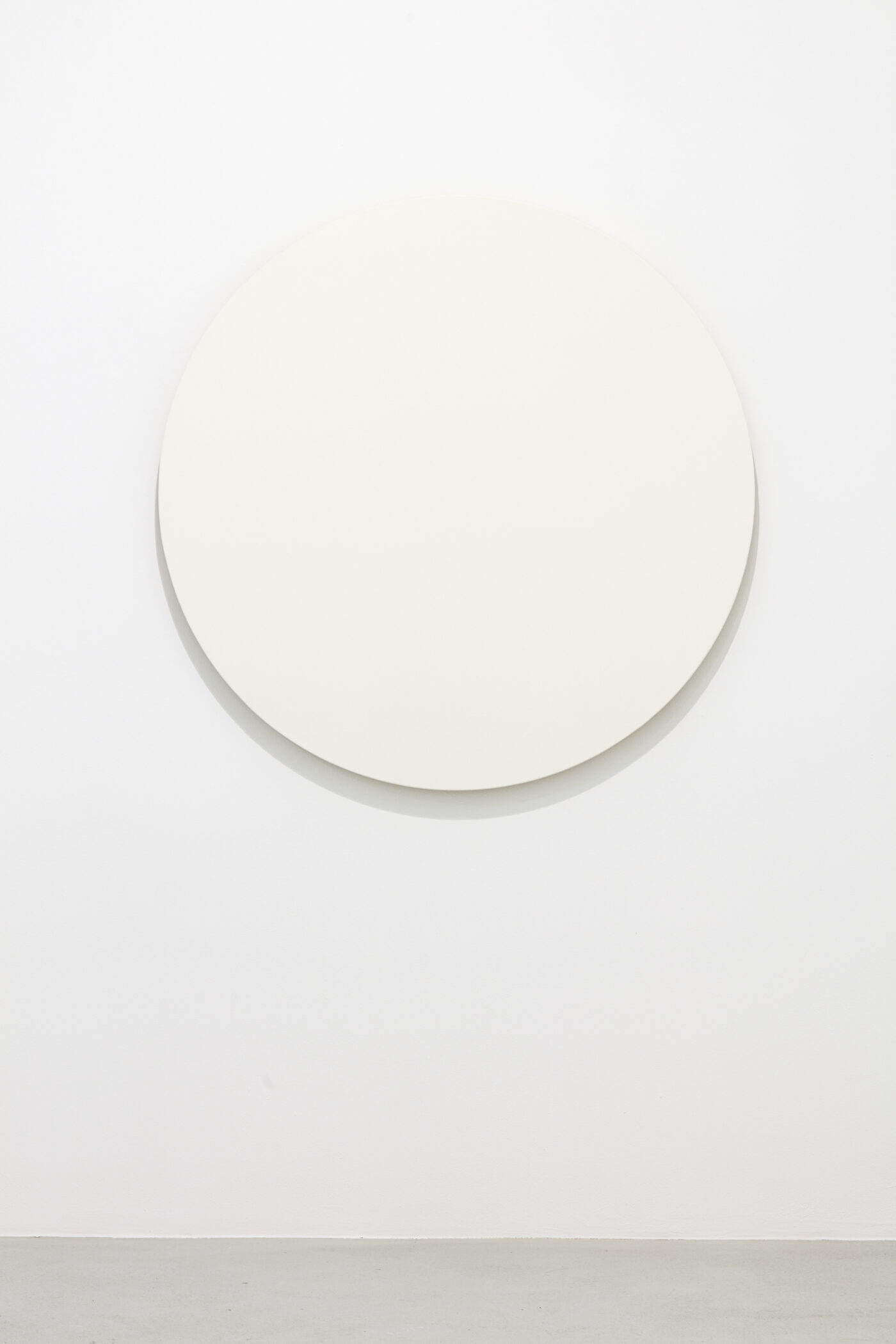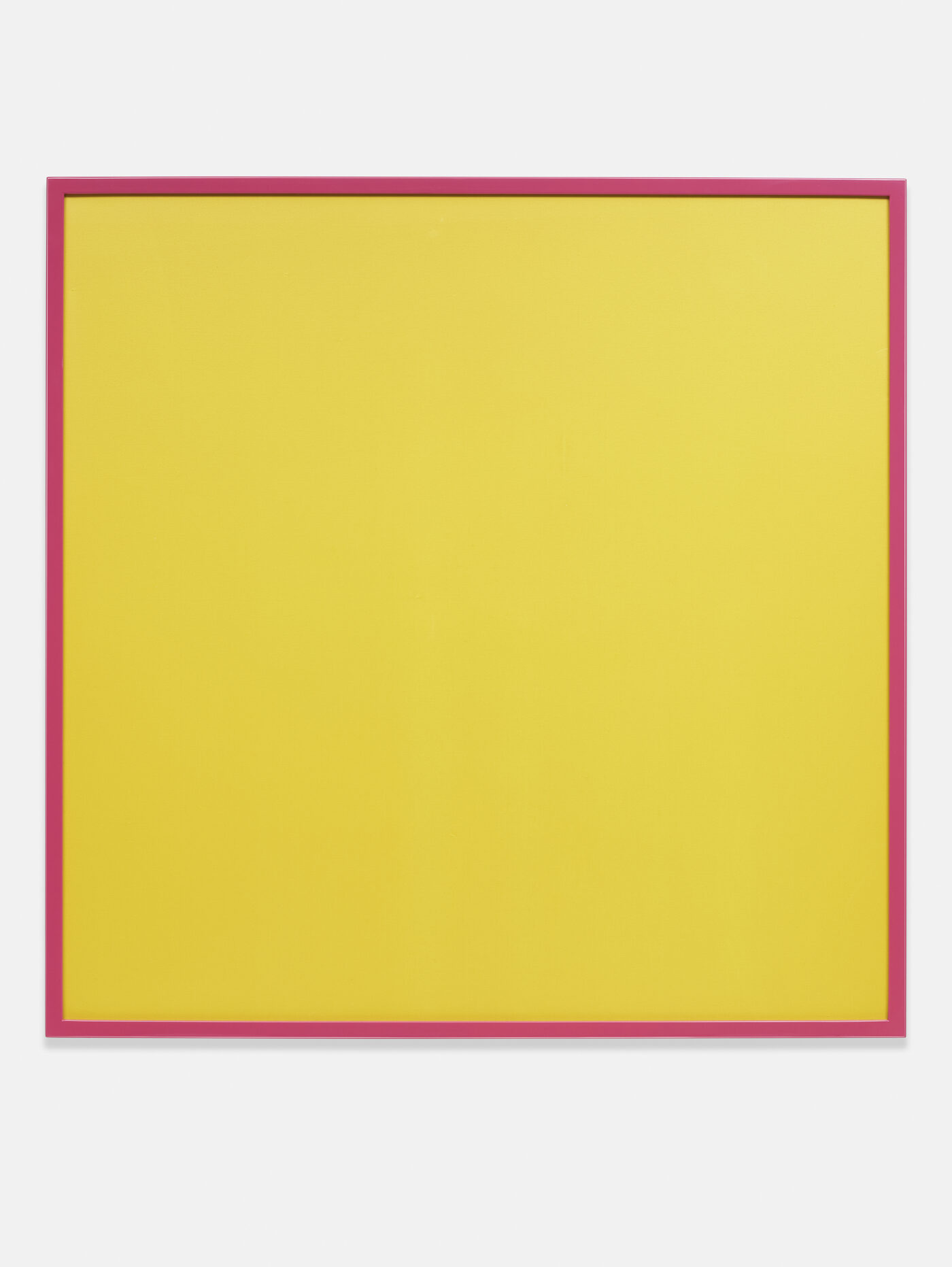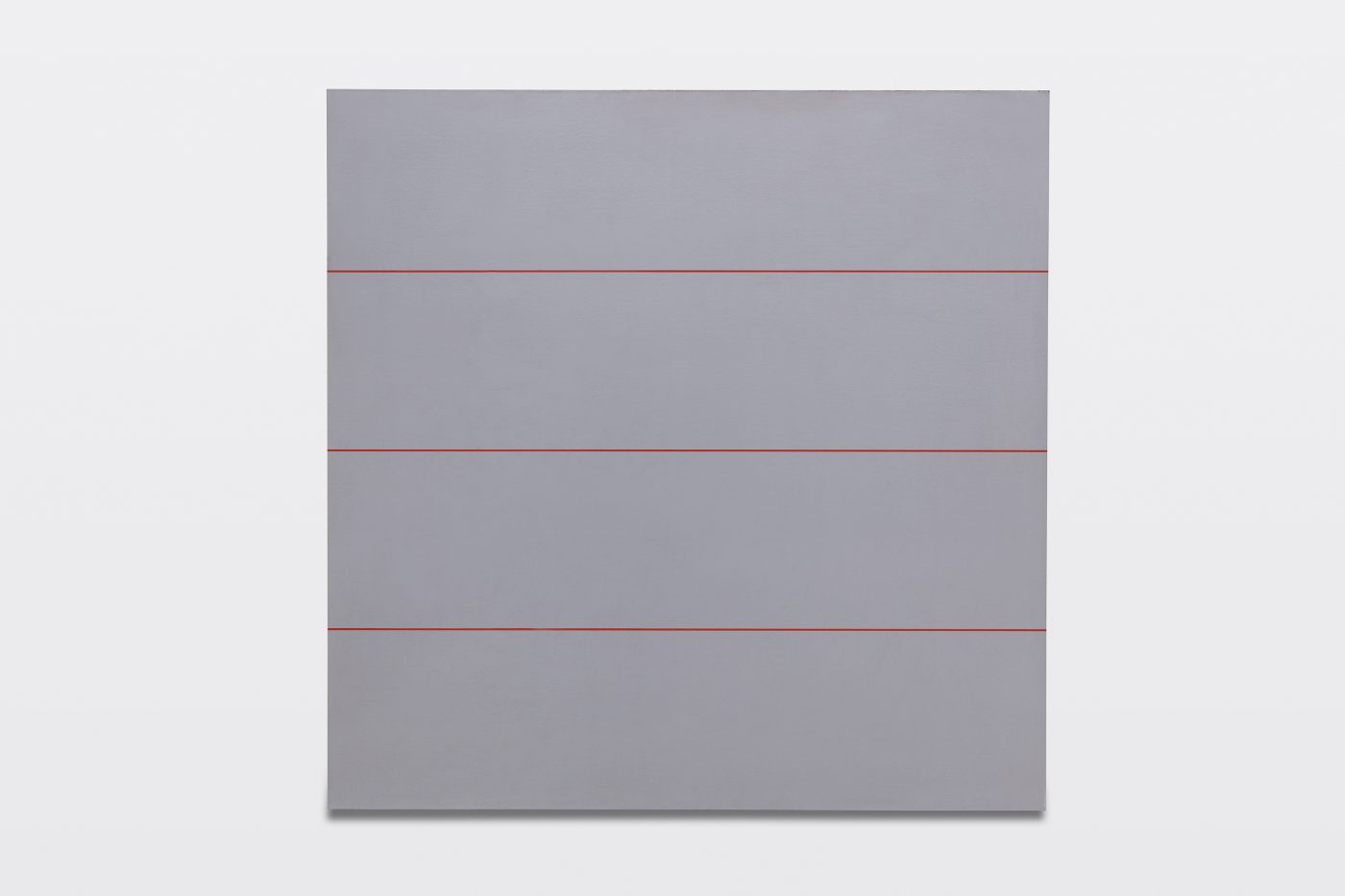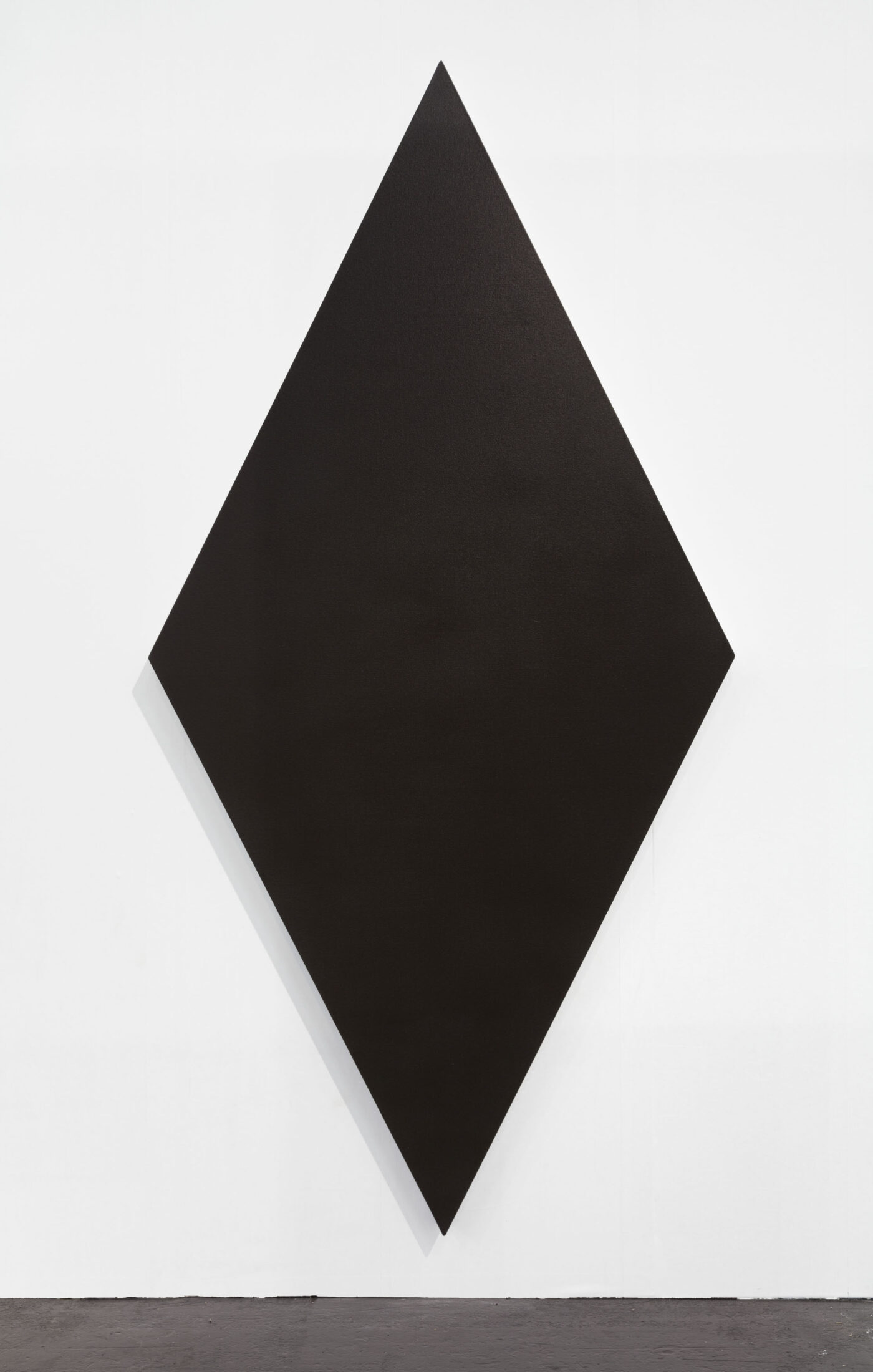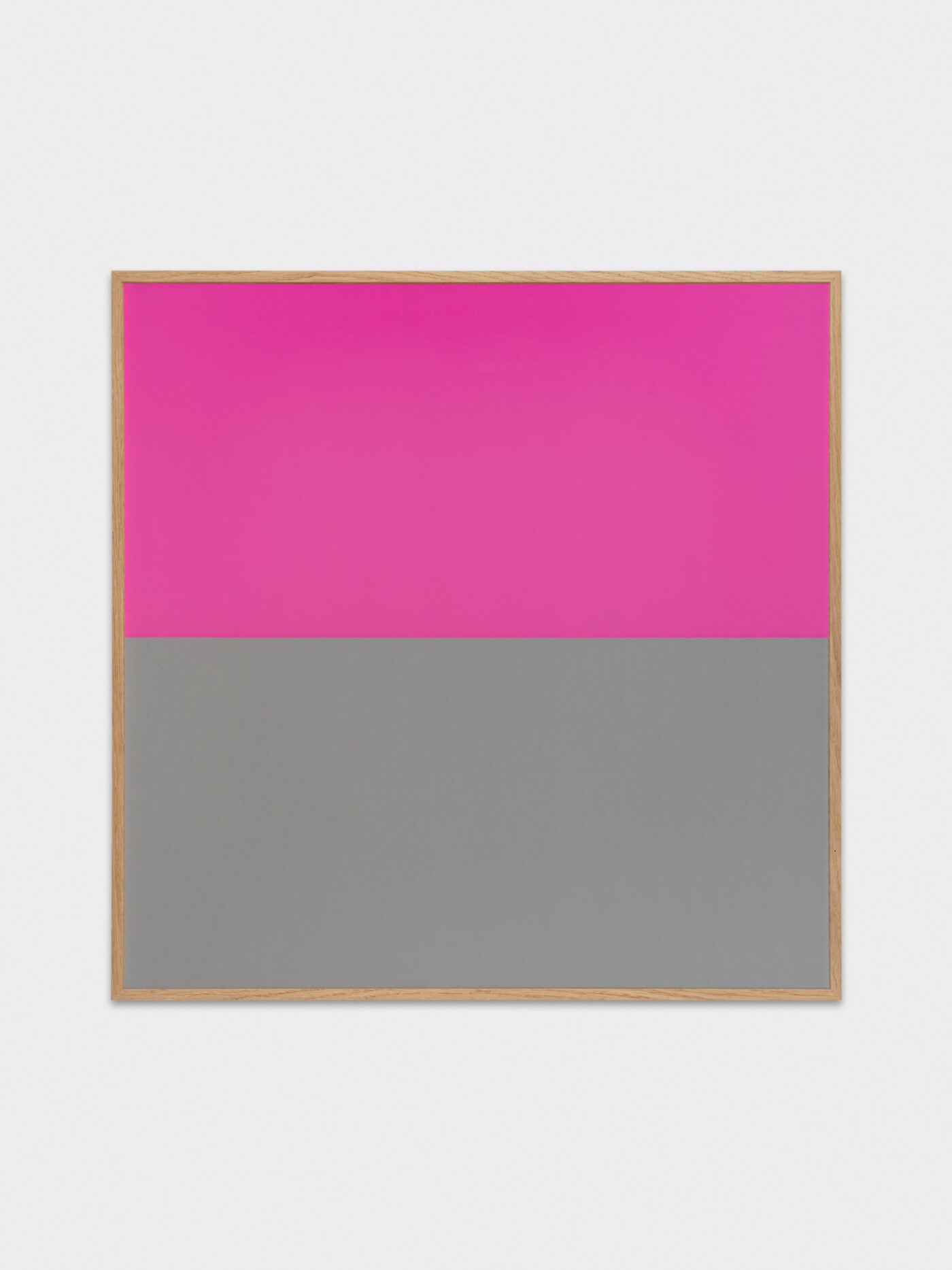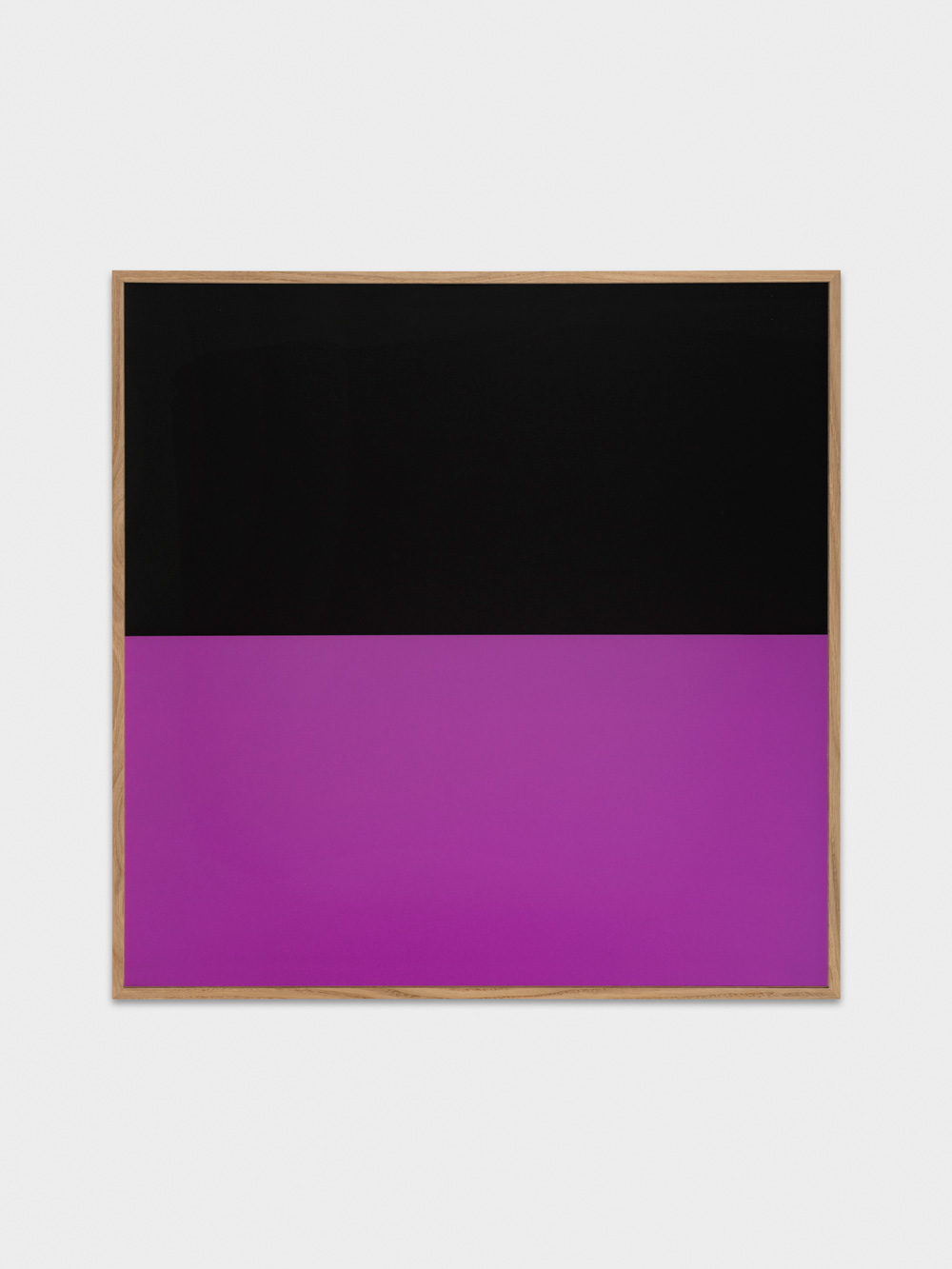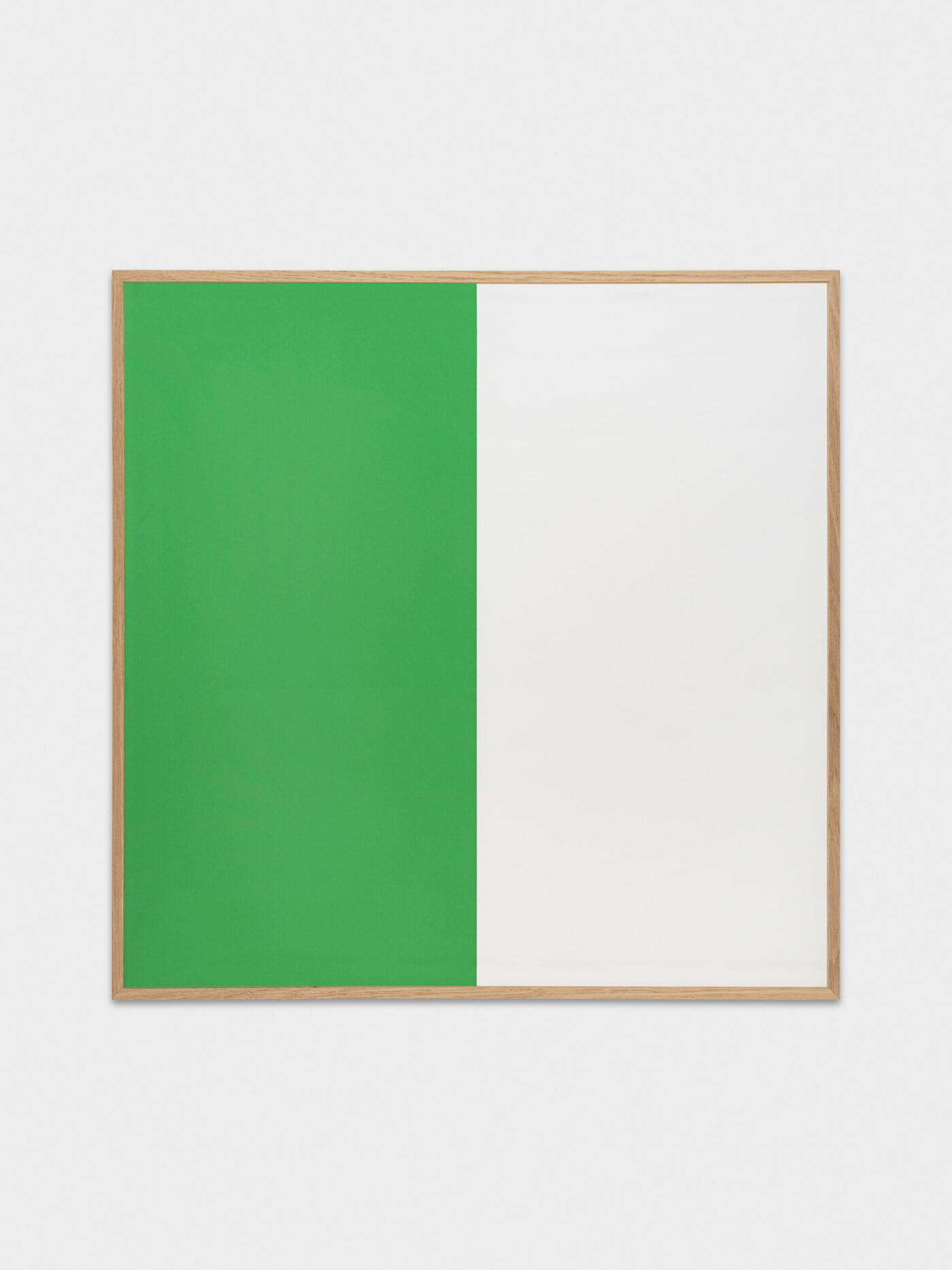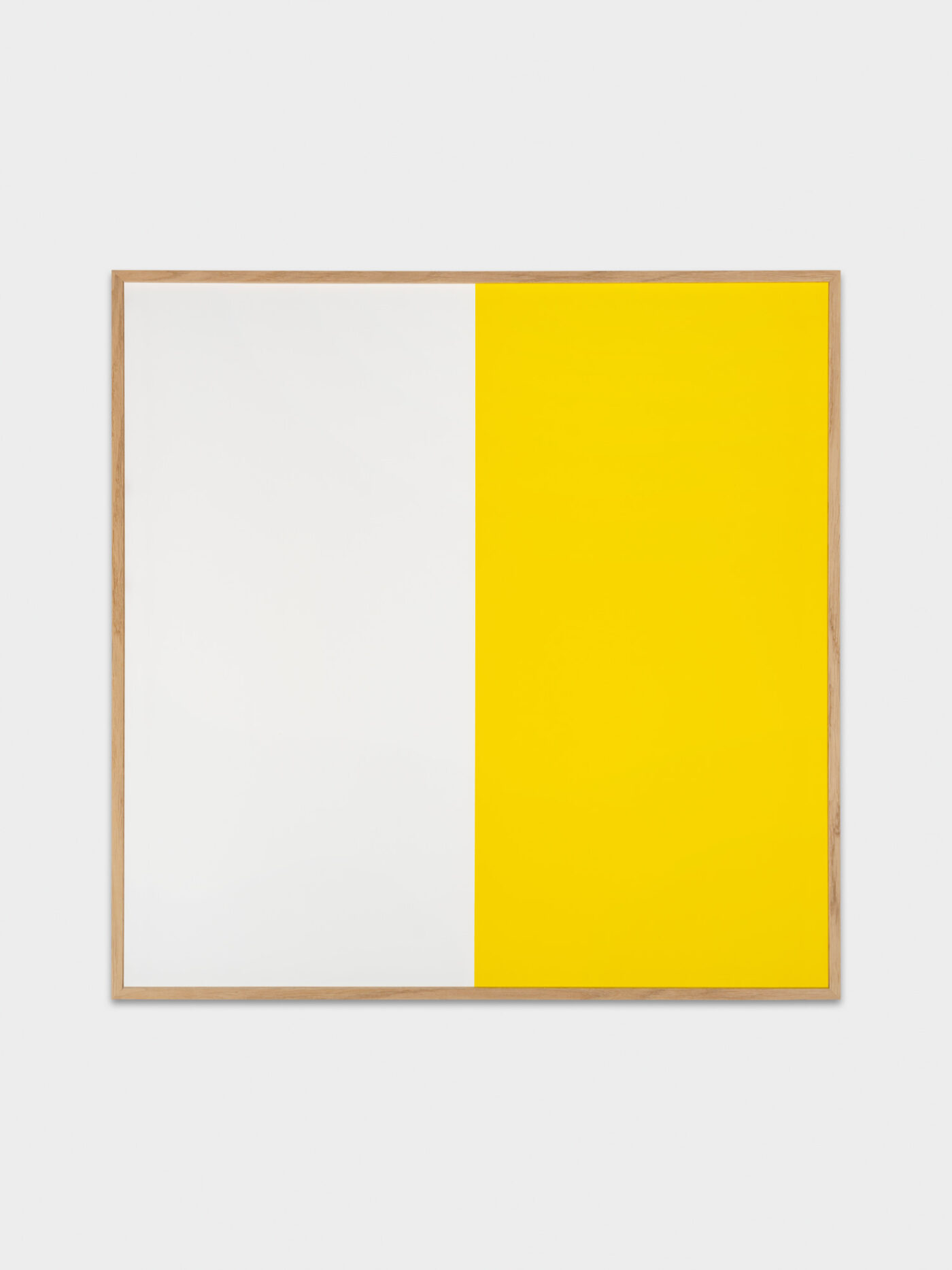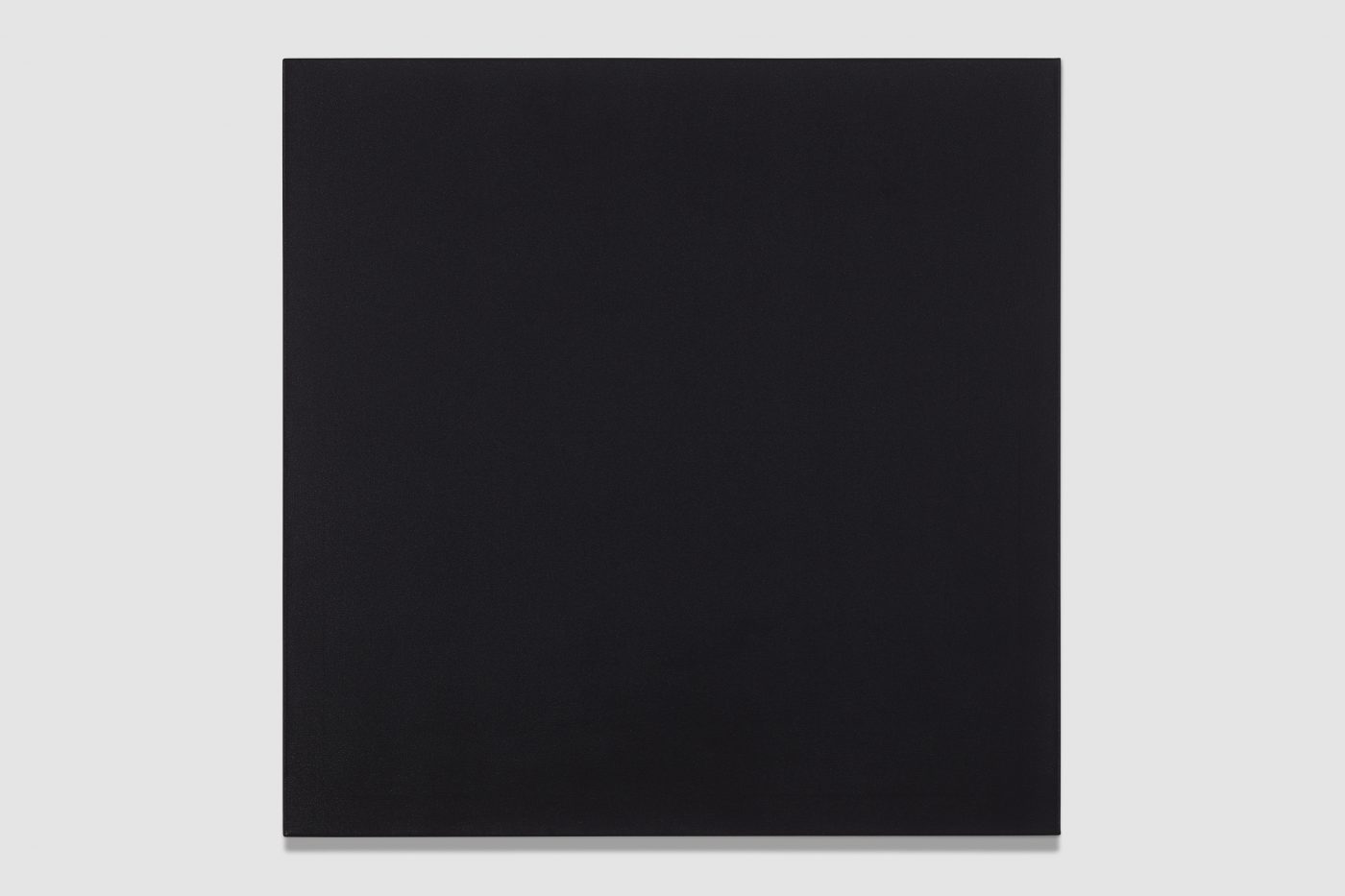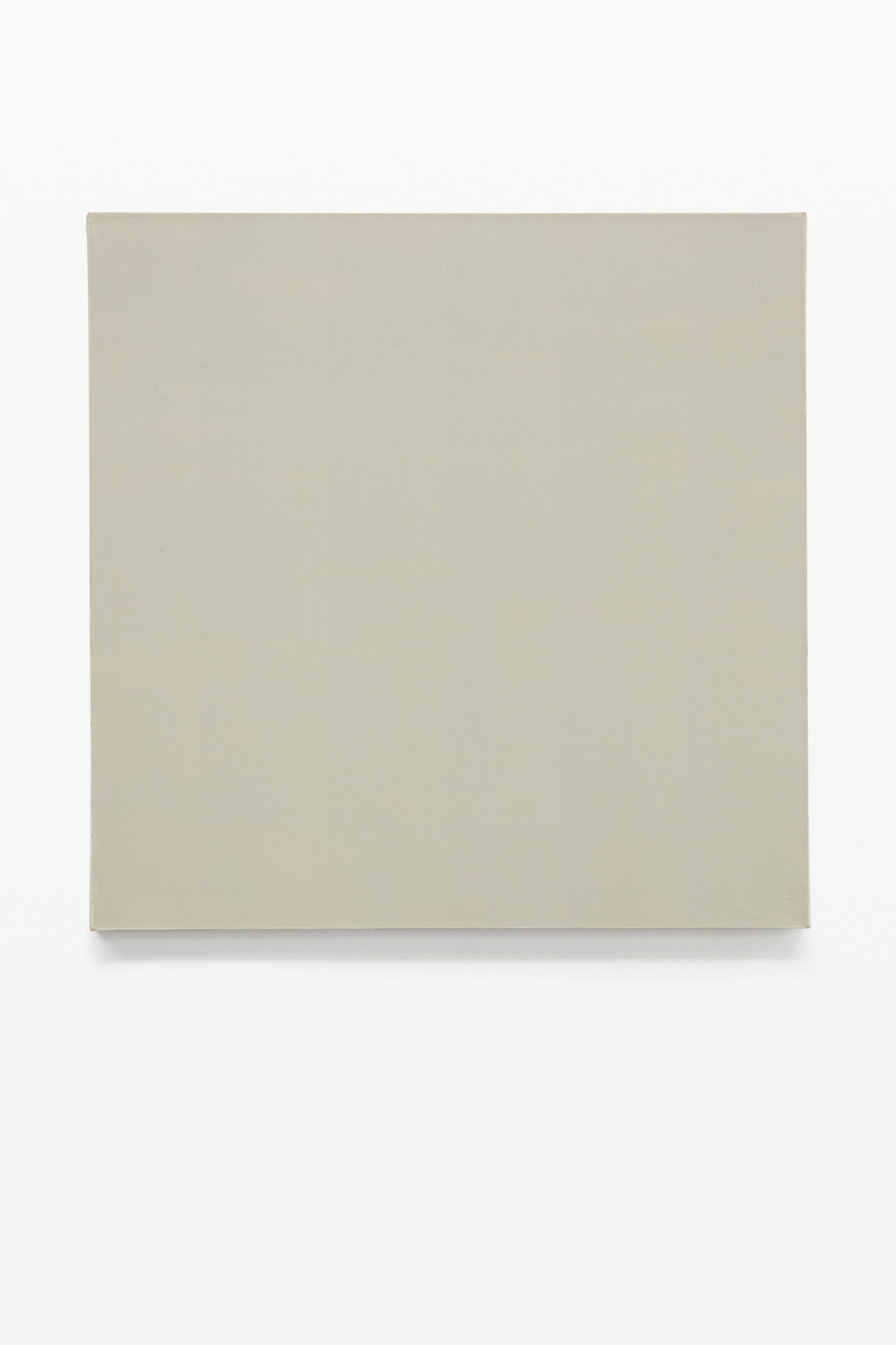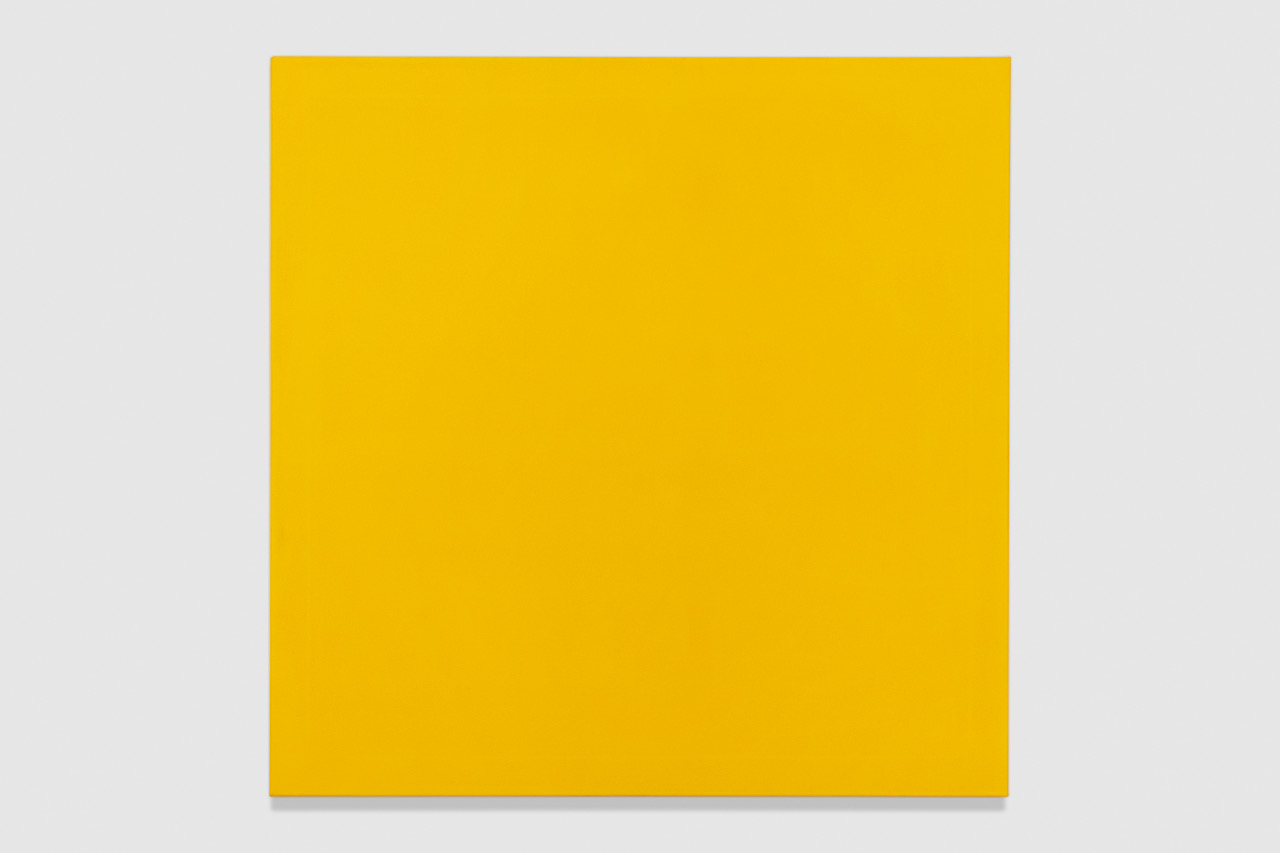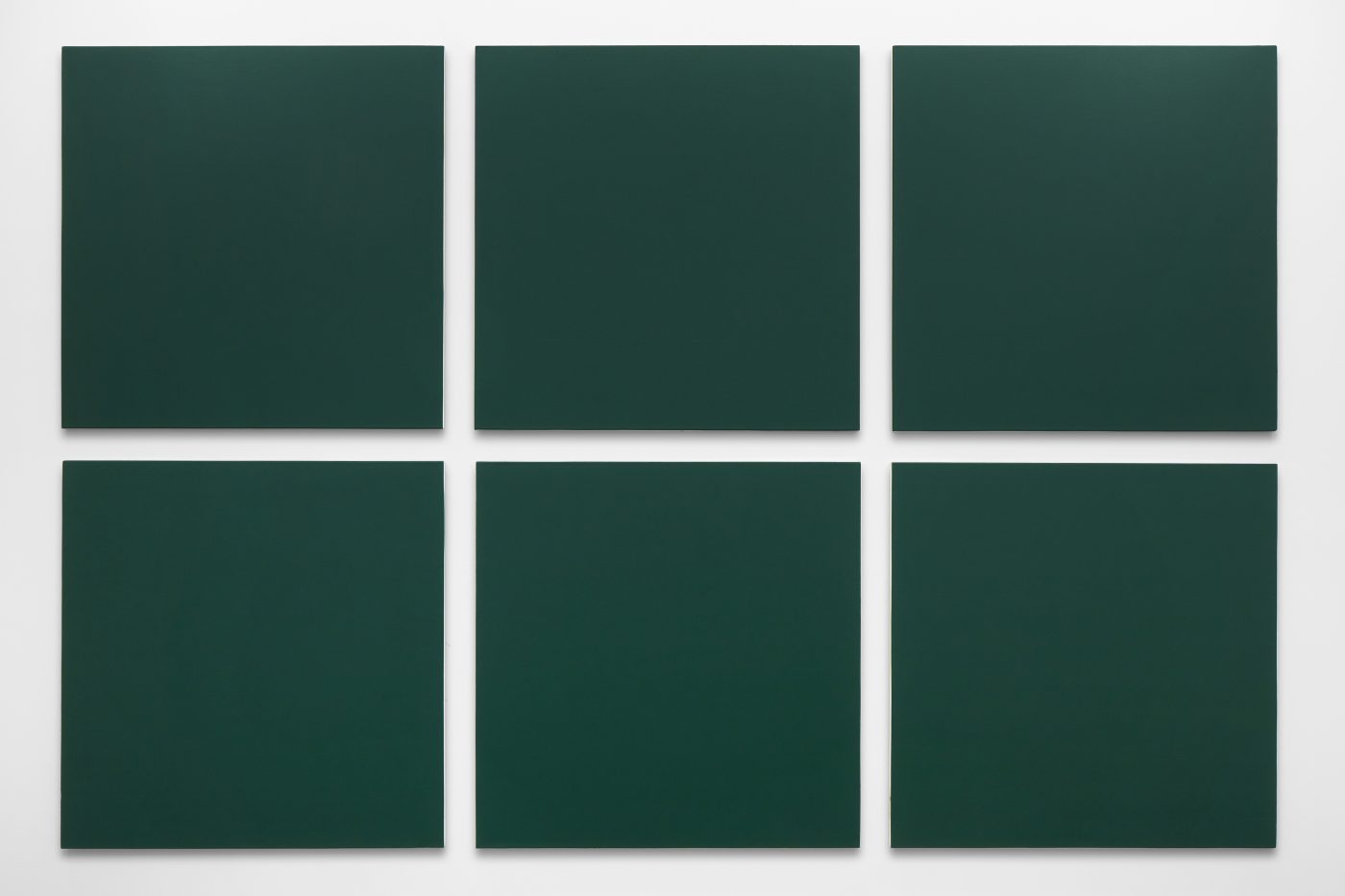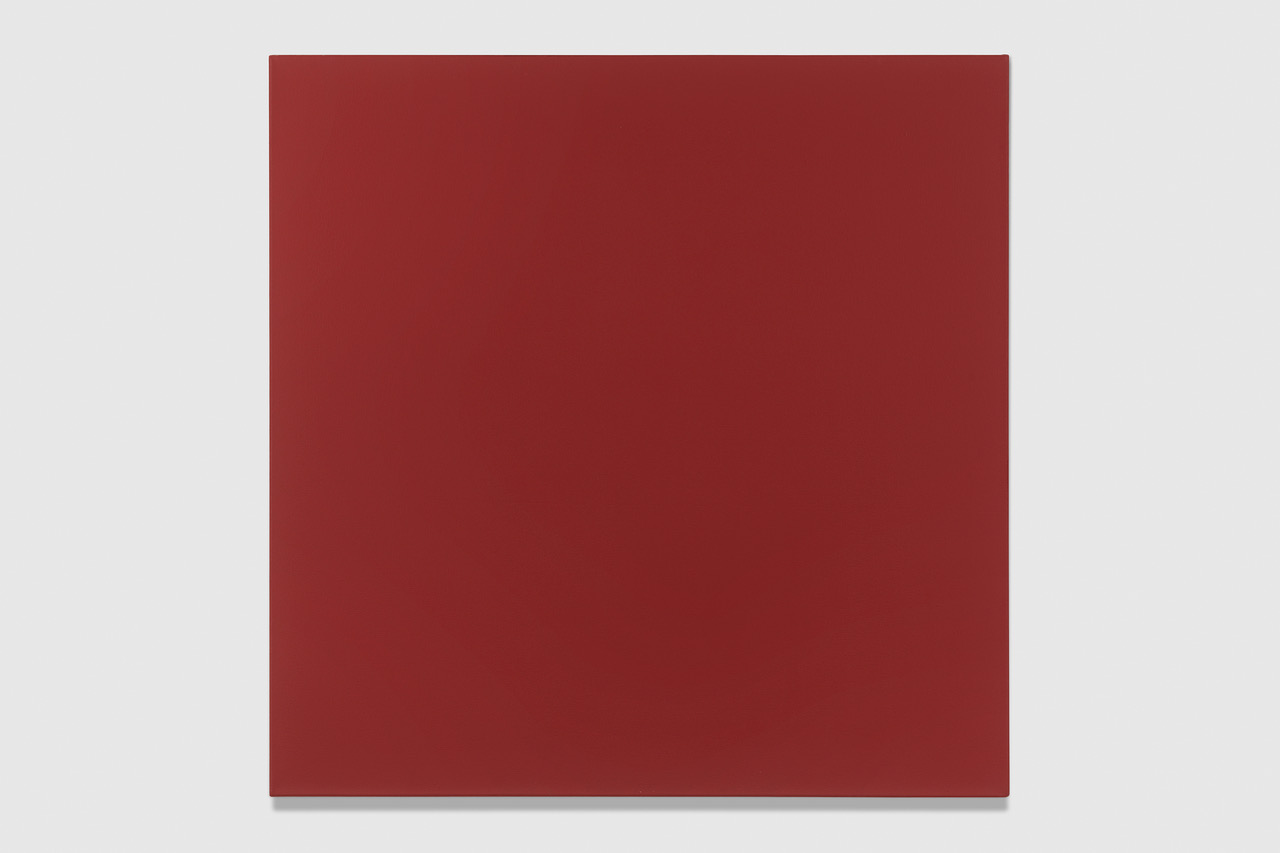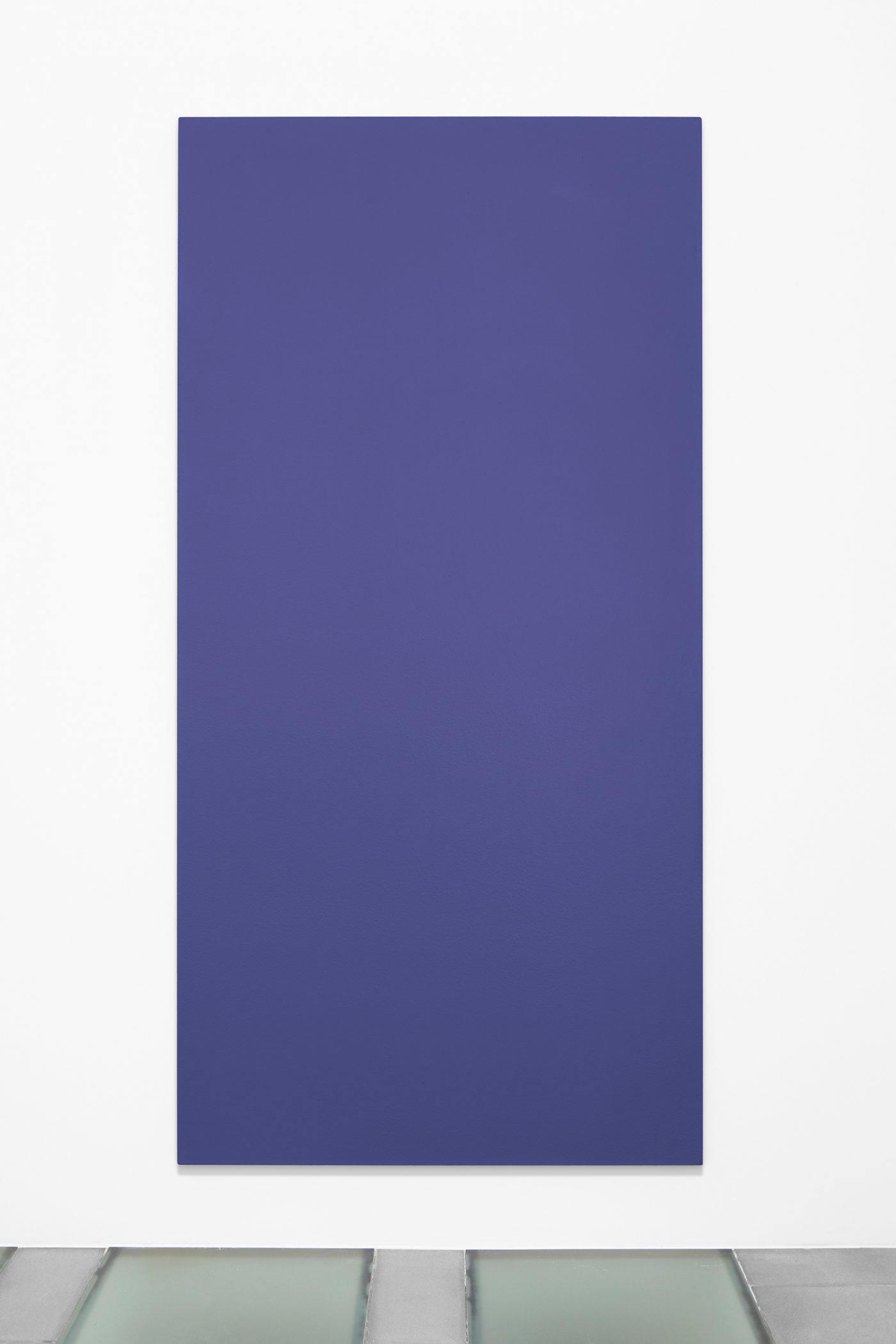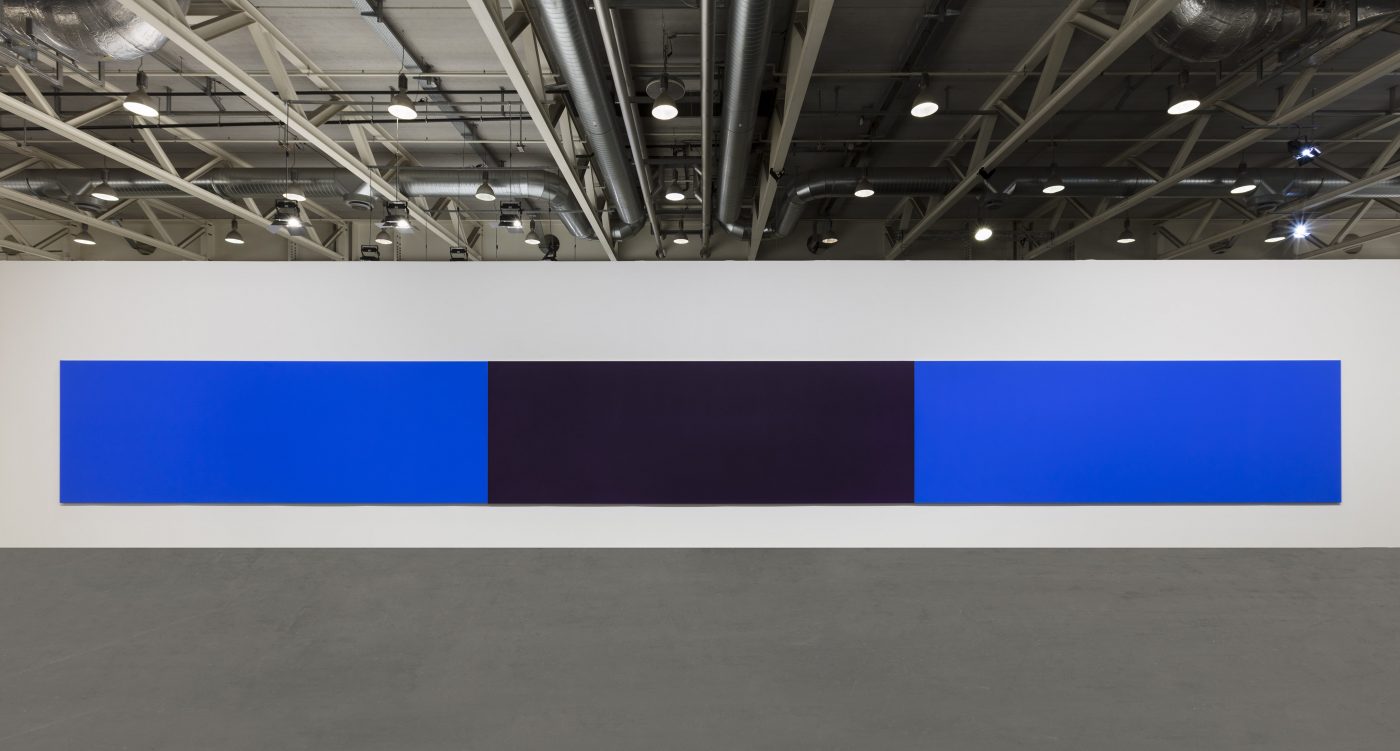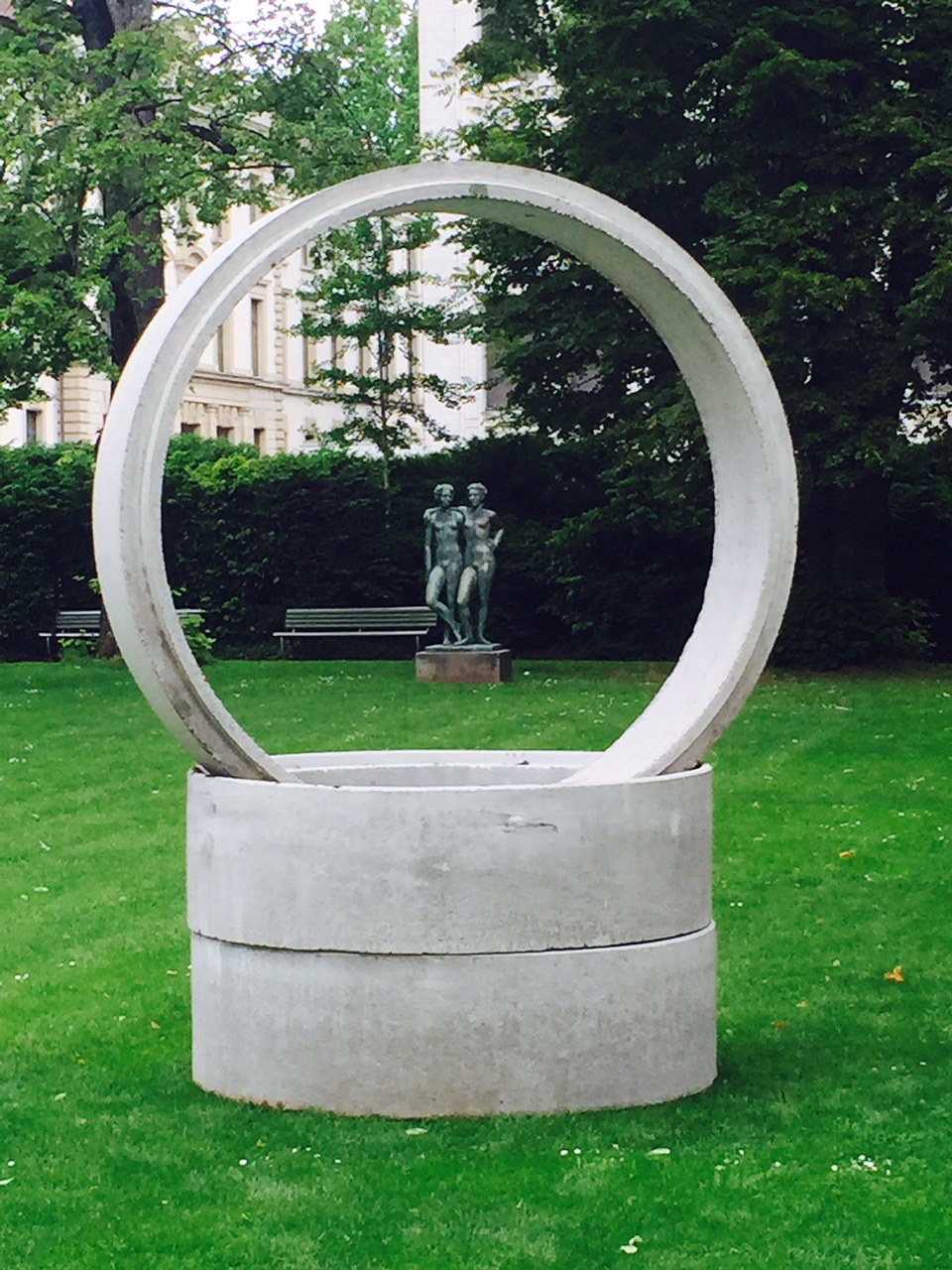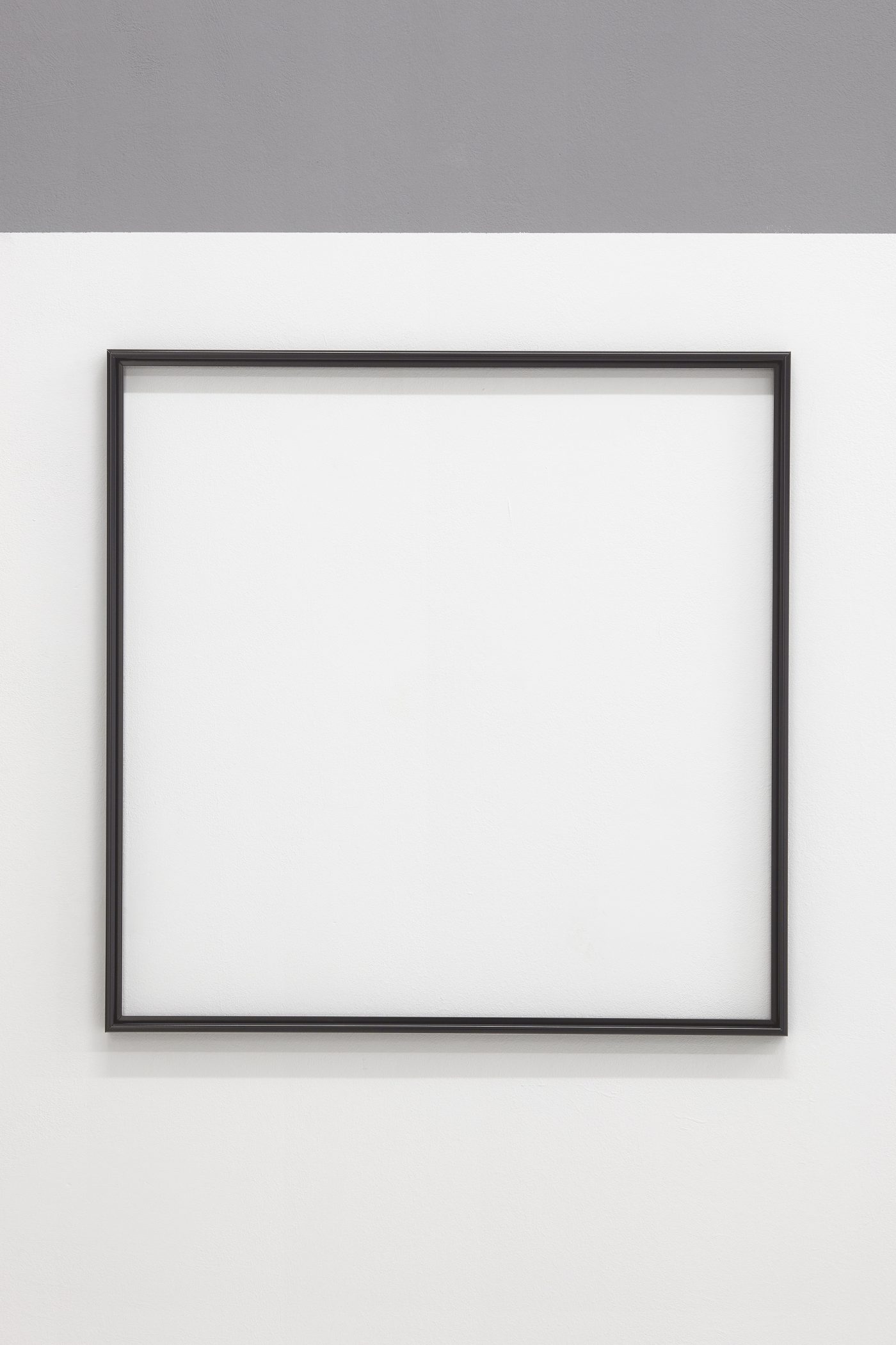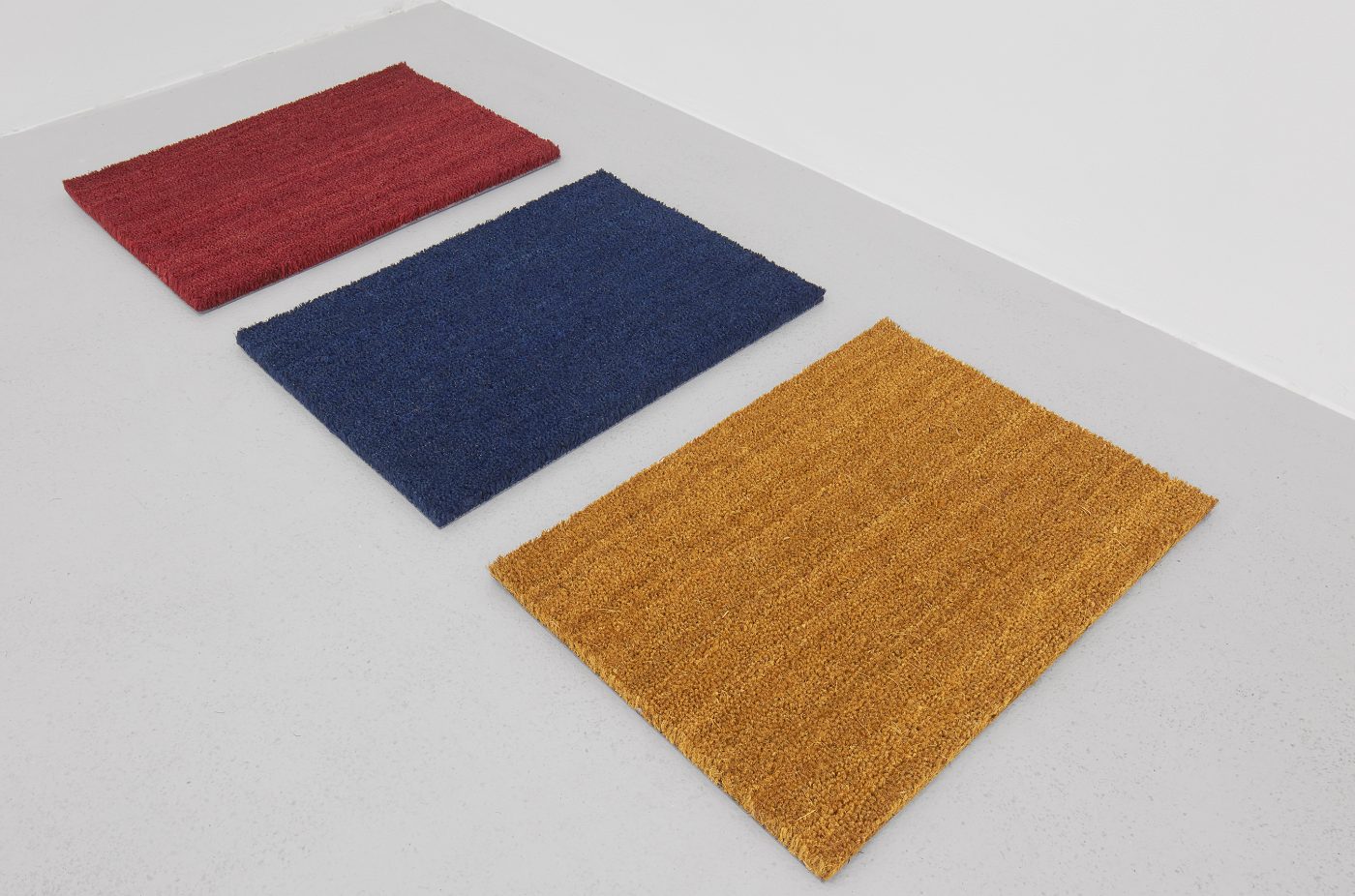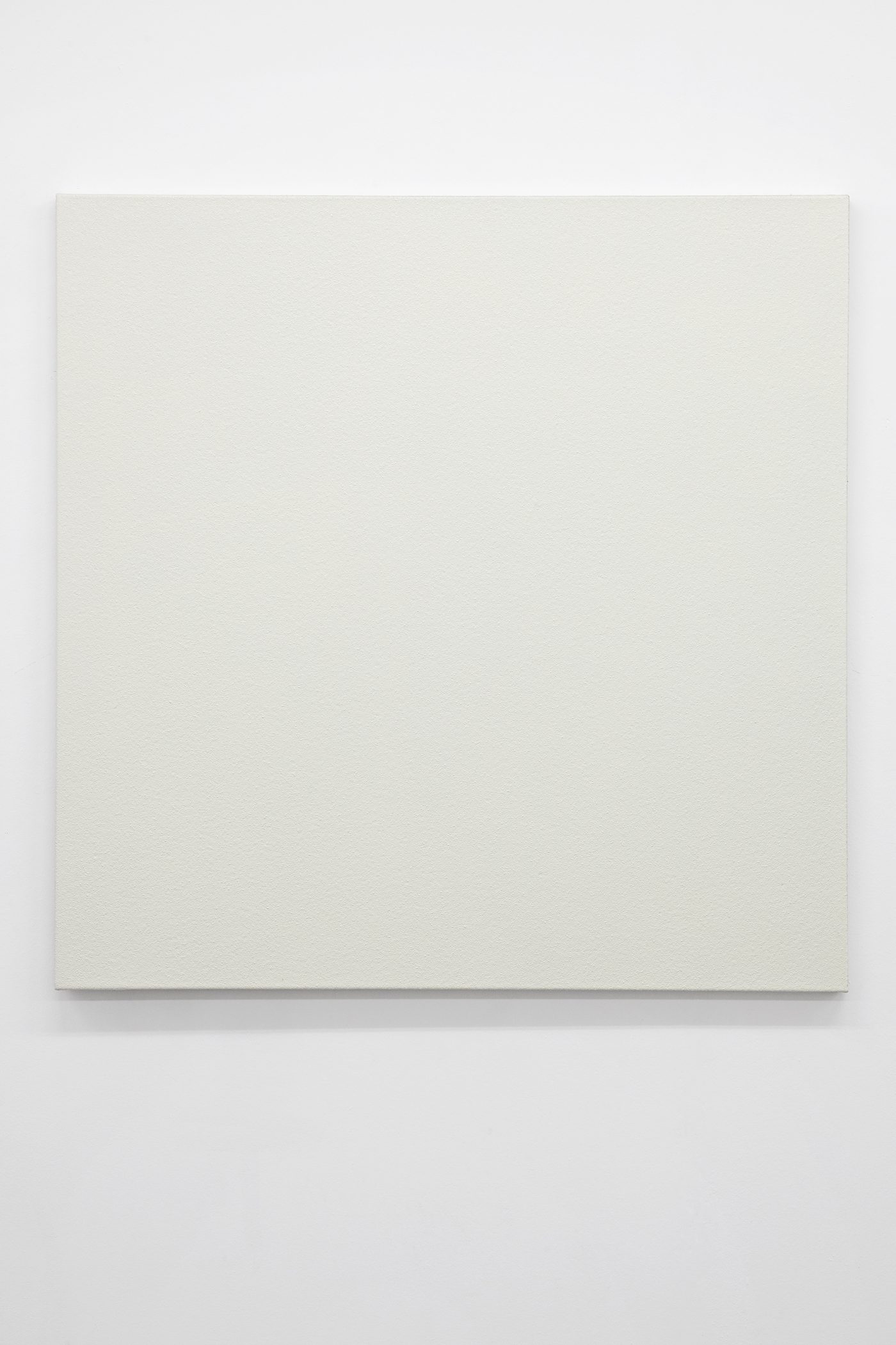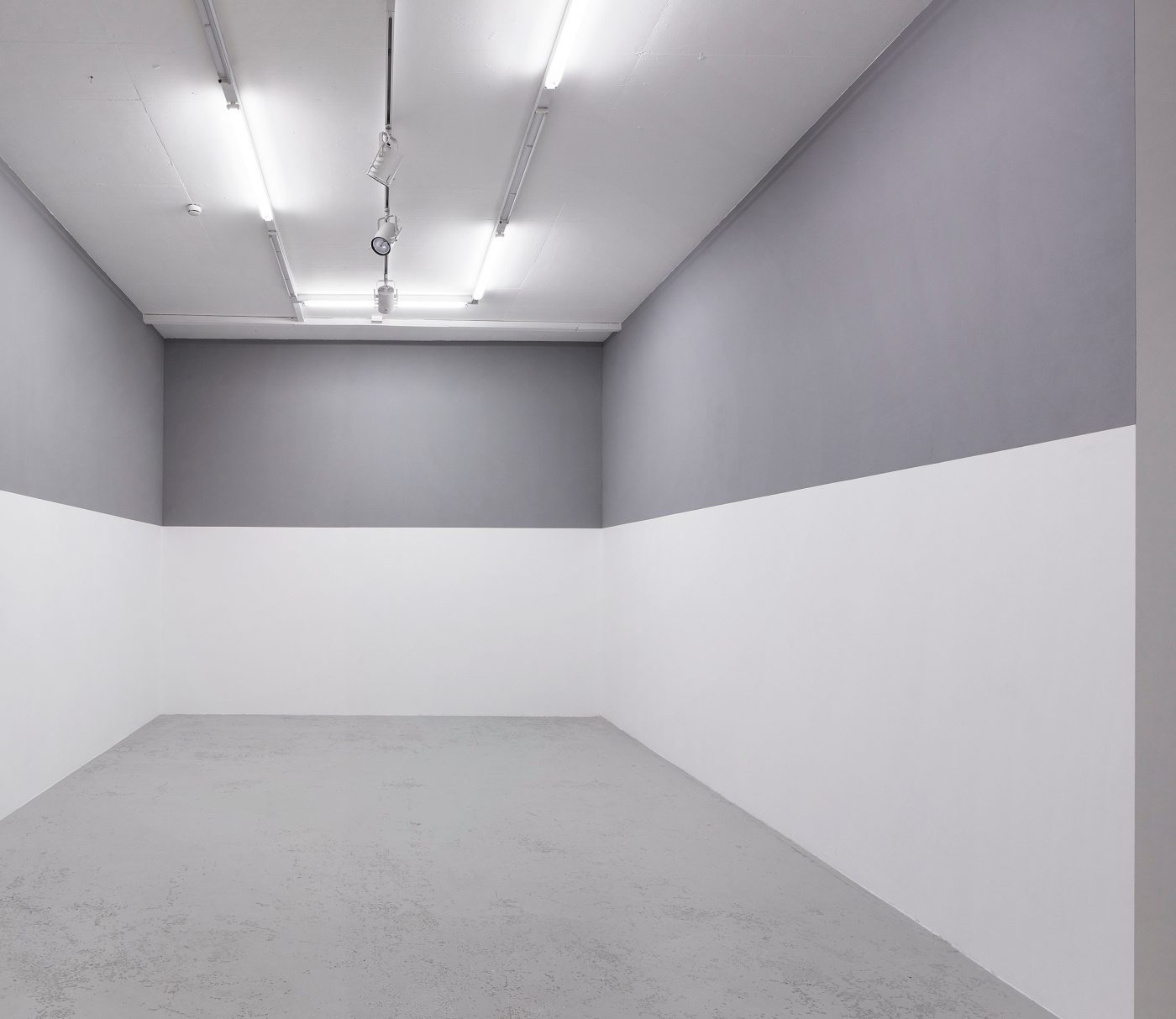Works
Exhibitions
Portrait
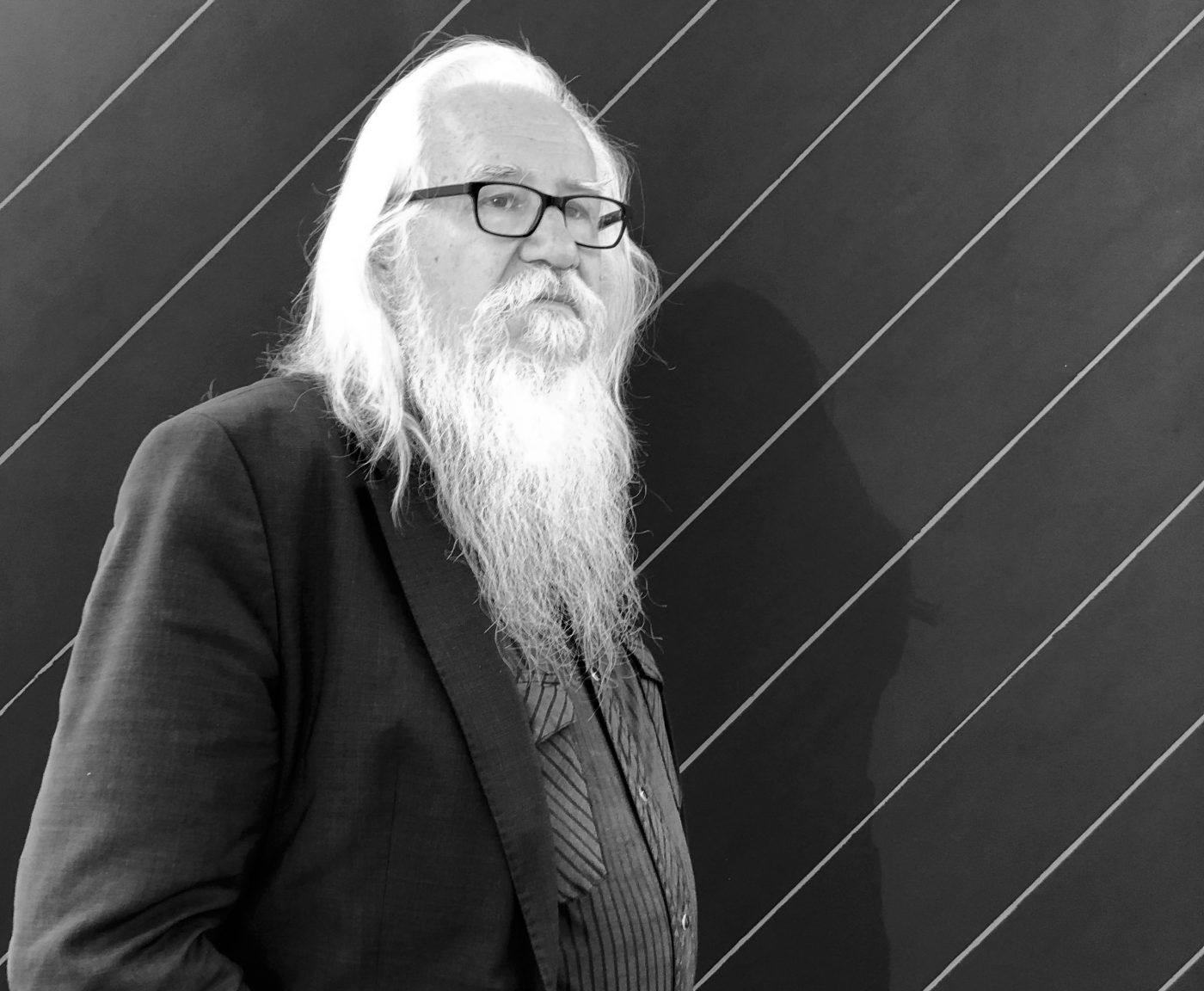
Olivier Mosset was born in Bern, Switzerland and moved to the United States in 1977.
For a brief period, Mosset was associated with Daniel Buren, Niele Toroni and Michel Parmentier in the 1960s. From December 1966 until December 1967, the four artists publicly expressed their desire to break with institutional structures and recognised artistic models. During the same year, Olivier Mosset created several paintings featuring the same black circle on a white ground at the centre of a one by one meter square. Between 1966 and 1974, he produced about two hundred paintings of circles. The relationships that he created among shades of colour from 1976 progressively led him towards monochrome painting.
For the Paris Biennale, he produced a wall-sized painting covered with a coat of red, through which could be discerned the traces of stripes in pencil; confused with the wall, the painting went unnoticed. In 1978, he met Marcia Hafif, with him he established an artist’s group; this resulted in the exhibitions entitled New abstraction (1983) and Radical painting (1984). In 1986, Mosset participated in the Tableaux abstracts exhibition at the Villa Arson in Nice. The same year, he presented paintings with titles for the first time. Although he never belonged to the “Néo-Géo” movement, Olivier Mosset maintained relations with these artists: Peter Halley, Helmut Federle and John Armleder.
In 1990, he exhibited in the Swiss Pavilion at the Venice Biennale. Olivier Mosset has collaborated on numerous occasions with such diverse artists as Andy Warhol and Steven Parrino, at the Pierre Huber gallery in Geneva in 1990; with John Armleder, who invited him to present a skateboard ramp at the Lyon Biennale in 1993; and with Cady Noland at the Migros Museum of Contemporary Art in Zurich 1999. Olivier Mosset has also produced on-site art and open-air sculptures. In 1994, in the Sion Museum of Fine Art, he designed an installation made of cardboard that echoed – life-size – the shape of the anti-tank barriers familiarly called “Toblerones” by the Swiss during the Second World War.
In 2003, Oliver Mosset presented a two-fold retrospective at the Museum of Fine Art in Lausanne and at the Art Museum St. Gallen. Still today his works can be seen in exhibitions all over the
Biography
Lives and works in Tucson and New York, USA
Selected Solo Shows
"benches", Spencer Brownstone Gallery, New York, USA
"Olivier Mosset", Galerie les filles du calvaires, Paris, France
"Olivier Mosset", Albarràn Bourdais, Madrid, Spain
"On The Lost Highway", MASSIMODECARLO, London, England
"Olivier Mosset", MASSIMODECARLO Pièce Unique, Paris, France
"Olivier Moset", San Carlo Cremona, Cremona, Italy
"Olivier Mosset", Weiss Falk Basel, Basel, Switzerland
"Olivier Mosset. The Last Cowboy Songs", Baronian Xippas, Brussels, Belgium
"Olivier Mosset", Gagosian Gallery, Geneva, Switzerland
"Olivier Mosset - TUTU", Museum Haus Konstruktiv, Zurich, Switzerland
"Olivier Mosset - 2, 11, 47", Fondatione Antonio Dalle Nogare, Bolzano, Italy
"Untitled", MAMO, Cité Radieuse, Marseille, France
"Olivier Mosset", VNH, Paris, France
"Olivier Mosset", Massimo De Carlo, Milano Ventura, Italy
"Olivier Mosset: Abstraction", Najar Foundation, Dubai, United Arab Emirates
"Olivier Mosset", Hunter College Art Galleries, New York, USA
"Olivier Mosset", Nymphius Projekte, Berlin, Germany
"Olivier Mosset", Bertha and Karl Leubsdorf Art Gallery, New York, USA
"The kitchen paintings", Andrea Caratsch Gallery, St. Moritz, Switzerland
"Olivier Mosset", Koenig & Clinton, New York, USA
"Olivier Mosset - Plan B", The Power Station, Dallas, USA
"Olivier Mosset", Laleh June Galerie, Basel, Switzerland
